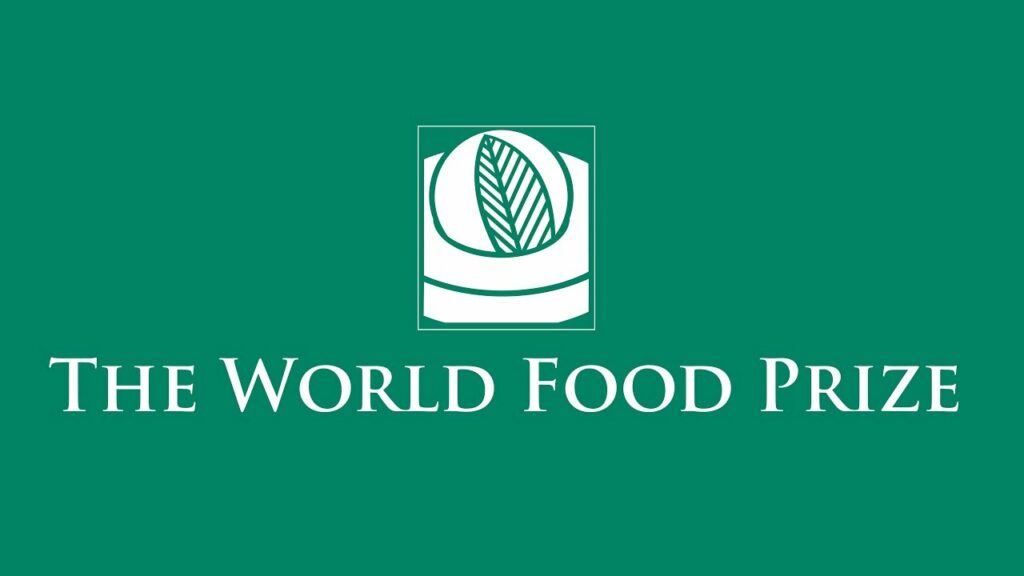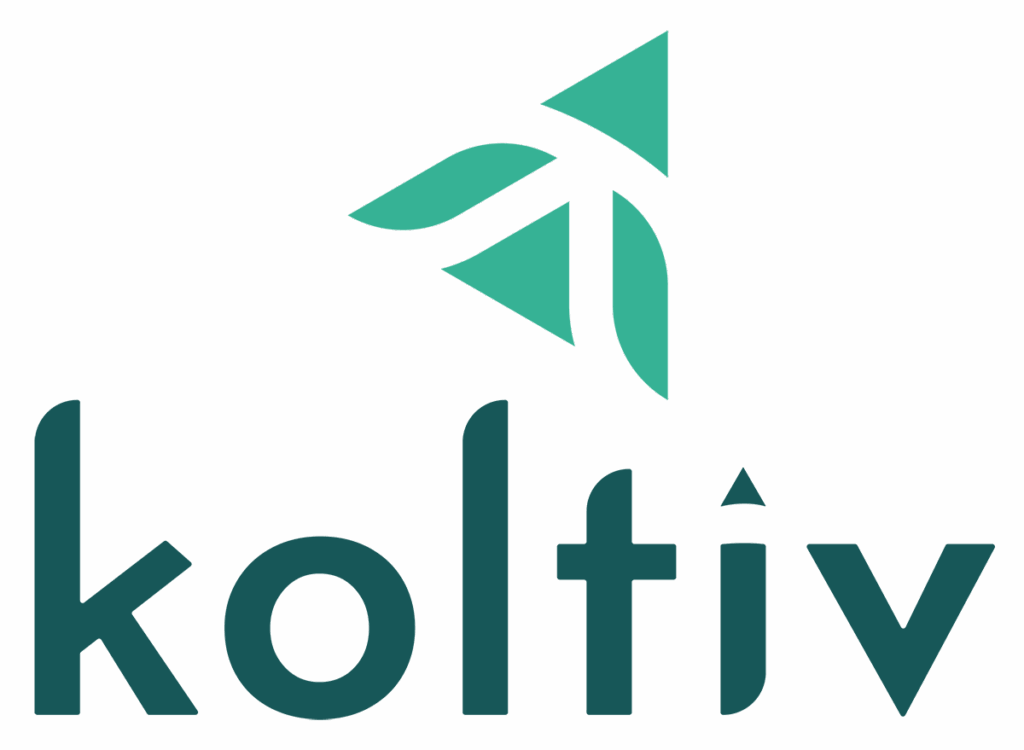Study: Low- to middle-income families shoulder greater tax burdens than wealthy ones

The latest “Who Pays” report by the Washington-based Institute on Taxation and Economic Policy shows that the effect of sales taxes and property taxes on lower-income households tilts Iowa’s overall tax system so the poorest pay the highest percentage in taxes.
“Iowa lawmakers for years have compounded inequities in Iowa’s overall tax system with their choices on which taxes to cut and which taxes to raise,” said Peter Fisher, research director at the Iowa Policy Project, part of the Iowa Fiscal Partnership.
“Not a year goes by when we do not see new proposals from members of the General Assembly pushing for income tax cuts for the wealthy or corporations, and new pressures for sales-tax increases that inordinately affect low-income families,” Fisher added.
According to the report, the average effective overall tax rate for non-elderly taxpayers in the bottom 20 percent (making below $22,000 per year) is 10.4 percent. In the middle 20 percent, with an average income of $50,500, the rate is 9.7 percent. But the rate drops to a 6 percent level for the top 1 percent of taxpayers, who make $376,000 or more.
“In round numbers, those earning below $94,000 a year – about 4 out of 5 families – are paying about 10 percent of their income in state and local taxes in Iowa. That figure drops steadily for the top income levels,” Fisher said.










